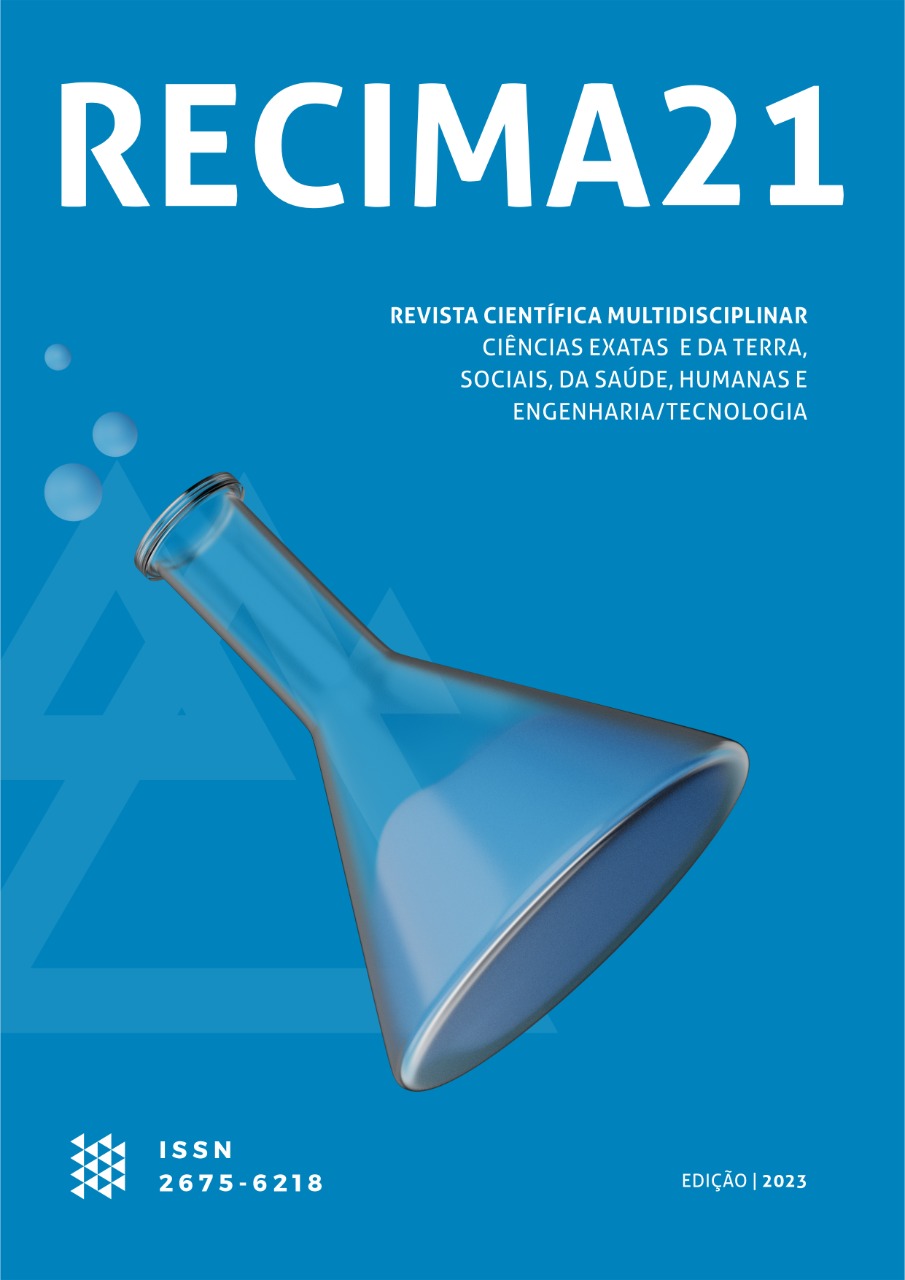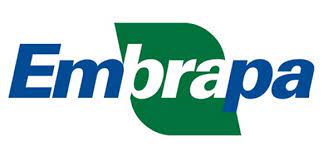EVALUATIVE STUDY OF THE WOOD FRAME SYSTEM COMPARED TO THE CONVENTIONAL MASONRY SYSTEM FOR LOW-INCOME HOMES
DOI:
https://doi.org/10.47820/recima21.v4i7.3502Keywords:
construction is one of the sectors that mostAbstract
Civil construction is one of the sectors that generate the most jobs in Brazil, being of great relevance to the country's economy. On the other hand, it is a sector that causes great environmental impacts. In the attempt of new possibilities that seek to reduce the use of natural resources, industrialized systems stand out. The present work aims to compare the conventional masonry construction system with the Wood frame method. The Wood frame is composed of a structural system in reforested wood, coated with panels. Thus, this work seeks to analyze the advantages and disadvantages of the Wood frame system in relation to the traditional one, through a comparative analysis, developed from bibliographic studies, evaluating points such as construction cost, thermoacoustic comfort, sustainability and environmental aspects, fire resistance and maintenance. For each of the points, weights and grades were assigned, and the feasibility value was calculated, granted by a mathematical equation, thus serving as a general parameter for the evaluation. Therefore, it was possible to verify that the Wood frame method presented advantages in the results obtained, especially in the points sustainability, thermoacoustic comfort and ease of maintenance. With this, this system has the potential to be applied in projects for popular residences.
Downloads
References
ALMEIDA, G. F. Viabilidade do Sistema Construtivo Wood Frame para Habitações de Interesse Social em Comparação ao Sistema Convencional. 2021. Monografia (Bacharelado em Engenharia Civil) - Universidade Federal de Campina Grande, Centro de Ciências e Tecnologia Agroalimentar, Pombal, Paraíba. Disponível em : http://dspace.sti.ufcg.edu.br:8080/jspui/bitstream/riufcg/21740/1/GILANILDO%20FREIRES%20DE%20ALMEIDA%20-%20TCC%20-%20BACHARELADO%20EM%20ENGENHARIA%20CIVIL%202021.pdf. Acesso em 22 março 2022.
ARANTES, B. Conforto térmico em habitações de interesse social - um estudo de caso. 2013. 114 f. Dissertação (Mestrado) - Curso de Engenharia Civil, Universidade Estadual Paulista, Bauru, 2013. Cap. 2. Disponível em: https://repositorio.unesp.br/bitstream/handle/11449/91724/arantes_b_me_bauru.pdf? sequence=1&isAllowed=y. Acesso em: 20 junho 2022.
ARAÚJO, J. N. S. Determinação da espessura ótima da proteção contra incêndios para vigas metálicas através de planilha eletrônica. 2019. 79 f. Monografia (Especialização) - Curso de Engenharia Civil, Universidade Federal Rural do Semi-Árido, Mossoró, 2019. Disponívelem:https://repositorio.ufersa.edu.br/bitstream/prefix/3542/2/JessicaNSA_MONO.pdf. Acesso em: 02 set. 2021.
ASSOCIAÇÃO BRASILEIRA DE CIMENTO PORTLAND (ABCP) (São Paulo). Manual de Revestimentos de Argamassa. São Paulo: Copiright, 2020. 104p. Disponível em:http://www.comunidadedaconstrucao.com.br/upload/ativos/279/anexo/ativosmanu.pdf. Acesso em: 28 março 2022.
ASSOCIAÇÃO BRASILEIRA DE NORMAS TÉCNICAS. NBR 13529: Revestimento de paredes e tetos de argamassas inorgânicas. Rio de Janeiro, 2013.
ASSOCIAÇÃO BRASILEIRA DE NORMAS TÉCNICAS. NBR 14432: Exigências de resistência ao fogo de elementos construtivos de edificações - Procedimento. 1 ed. Rio de Janeiro: Copiright, 2001. 14 p. Disponível em: https://www.academia.edu/38576918/ NBR_14432_Exig%C3%AAncias_de_resist%C3%AAncia_ao_fogo_de_elementos_construtivos_de_edifica%C3%A7%C3%B5es_Procedimento. Acesso em: 28 abril 2022.
ASSOCIAÇÃO BRASILEIRA DE NORMAS TÉCNICAS. NBR 15220-2: Desempenho térmico de edificações – Parte 2: Métodos de cálculo da transmitância térmica, da capacidade térmica, do atraso térmico e do fator solar de elementos e componentes de edificações. 1 ed. Rio de Janeiro: Abnt Editora, 2005. 40 p. Disponível em: https://www.target.com.br/produtos/normas-tecnicas/27316/nbr15220-2-desempenhotermico-de-edificacoes-parte-2-metodo-de-celulo-da-transmitanciatermica-da-capacidade-termica-do-atraso-termico-e-do-fator-solar-de-elementos-ecomponentes-de-edificacoes. Acesso em: 27 março 2022.
Downloads
Published
How to Cite
License
Copyright (c) 2023 RECIMA21 - Revista Científica Multidisciplinar - ISSN 2675-6218

This work is licensed under a Creative Commons Attribution 4.0 International License.
Os direitos autorais dos artigos/resenhas/TCCs publicados pertecem à revista RECIMA21, e seguem o padrão Creative Commons (CC BY 4.0), permitindo a cópia ou reprodução, desde que cite a fonte e respeite os direitos dos autores e contenham menção aos mesmos nos créditos. Toda e qualquer obra publicada na revista, seu conteúdo é de responsabilidade dos autores, cabendo a RECIMA21 apenas ser o veículo de divulgação, seguindo os padrões nacionais e internacionais de publicação.

 Clique para ver detalhes
Clique para ver detalhes 











